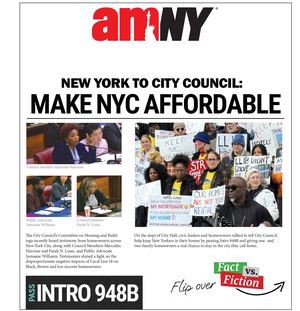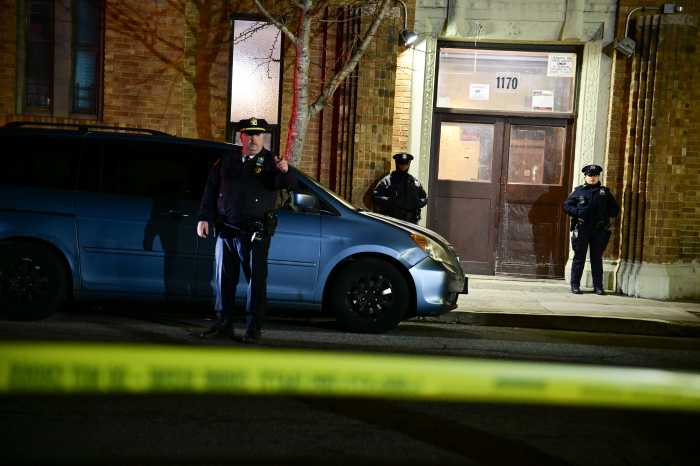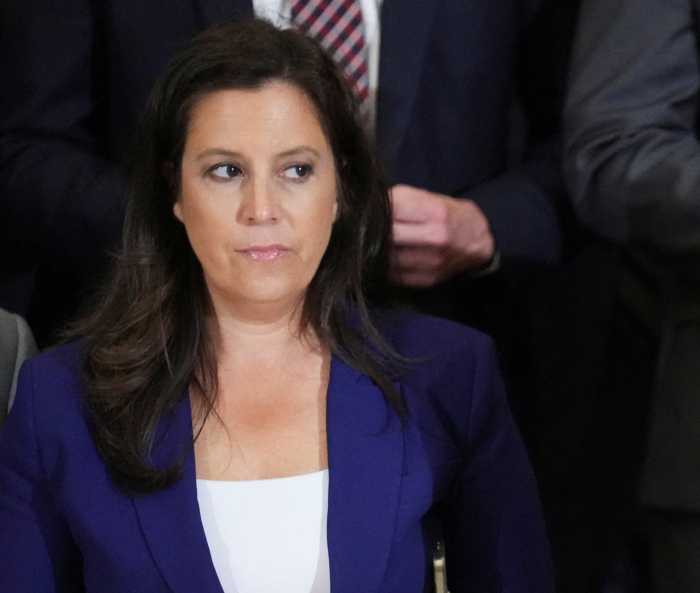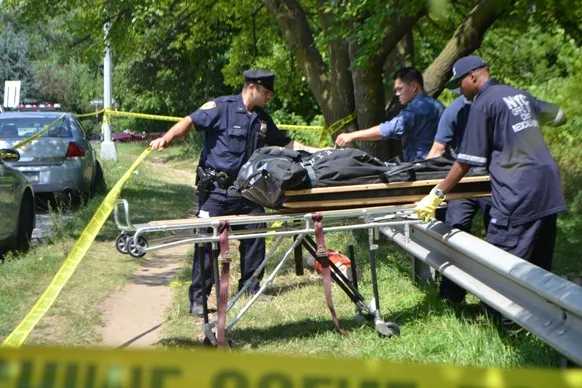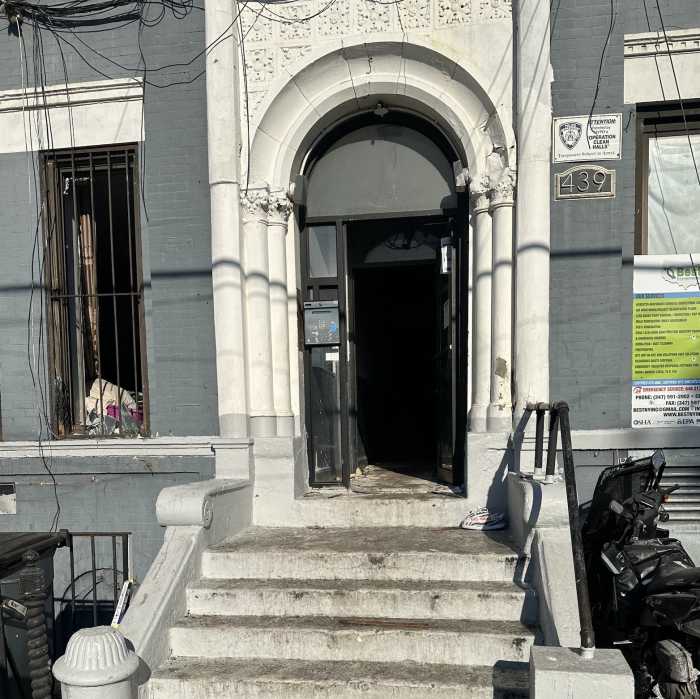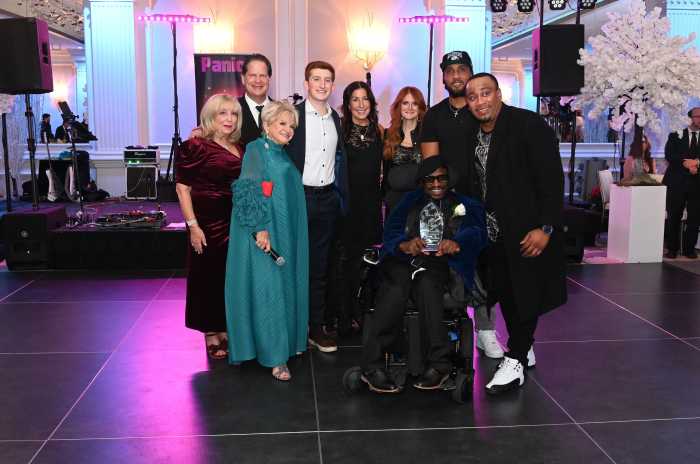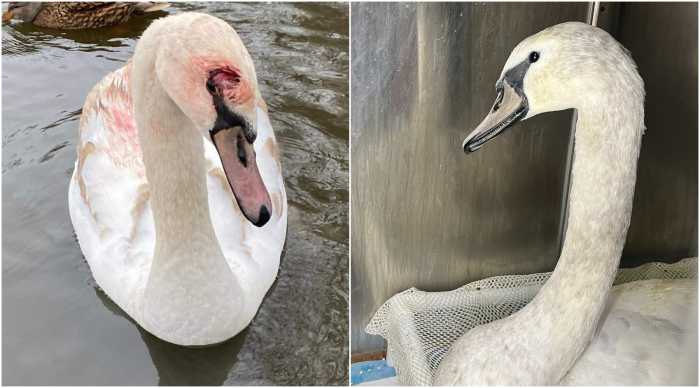Michelin-starred chefs are coming together in June to raise money for the city’s largest provider of supportive housing.
Breaking Ground, which was founded in 1990, is holding its second annual Serving Up Home fundraising dinner on June 25. Last year, the event raised just more than $80,000, which helped pay for 650 nights of housing for homeless New Yorkers, according to Brenda Rosen, the CEO and president of Breaking Ground.
The organization has 22 transitional and permanent housing developments in New York City. Scroll down to learn more about supportive housing and what Breaking Ground does.
What is supportive housing?
Supportive housing is affordable housing coupled with on-site services, such as medical care, counseling and skill-building programs. The goal of this type of housing is to provide the resources to ensure people don’t return to homelessness.
Unlike at a shelter, tenants have leases and pay rent.
In Breaking Ground’s buildings, supportive housing units are integrated with other affordable housing units.
How many supportive housing units are there in the city?
There are about 50,000 units of supportive housing in the state of New York, 32,000 of which are in New York City, according to the Supportive Housing Network of New York.
Who does supportive housing benefit?
Supportive housing is generally for individuals who are considered chronically homeless. They are often people struggling with mental illness, addiction or chronic illnesses such as HIV/AIDS.
Most of Breaking Ground’s buildings house individuals, but after taking “a fresh look at what was going on in the city,” the organization has recently expanded to assisting families, as well, Rosen said.
How do people get into supportive housing?
Breaking Ground and similar groups have outreach programs to find people who are chronically homeless and help them move inside.
“The priority is to build a relationship of trust with them and demonstrate that we’re not going to let them down,” Rosen said.
The organization then helps them fill out an application for supportive housing and submit it to the city’s Human Resources Administration. Once the application is accepted, the city’s Department of Homeless Services finds an available apartment, which may be operated by Breaking Ground or similar organizations. Breaking Ground also helps the individuals prepare for a housing interview and once approved, secure funds to move in.
If people are unwilling to begin the process to move into supportive housing right away, Breaking Ground will bring services to them, Rosen said.
Breaking Ground’s outreach covers all of Brooklyn, all of Queens and part of midtown, while other organizations cover the other parts of the city.
What is the city’s 15/15 Supportive Housing Initiative?
In 2015, Mayor Bill de Blasio committed the city to creating 15,000 new units of supportive housing in the 15 years.
“Every person in supportive housing and on the road to wellness is one fewer person in a city hospital, prison or shelter,” de Blasio said in a statement at the time.
In a recent report on the state of homelessness in the city and state, the Coalition for the Homeless urged the city to accelerate the initiative to be completed in 10 years.
“The production and occupancy of these units have been moving far too slowly,” the March 2018 report says. “The city has so far opened only approximately 200 units of supportive housing under its NYC 15/15 commitment, despite the goal of opening over 500 units before the end of 2017.”
